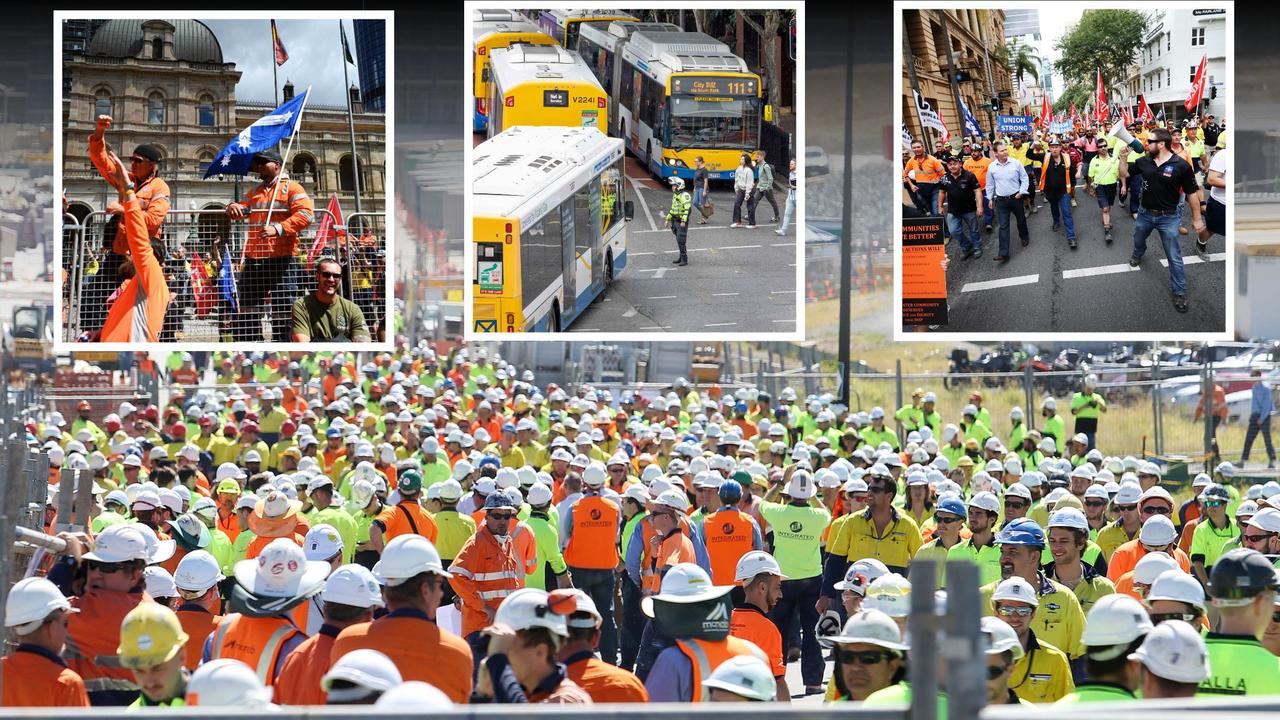Just eight new beds in Qld since state announced mental health levy
Just eight mental health beds have been added across the state in the year since the Palaszczuk government started slugging businesses with a mental health levy, with desperate regional Queenslanders bearing the brunt of the alarming shortage.
QLD News
Don't miss out on the headlines from QLD News. Followed categories will be added to My News.
Just eight mental health beds have been added across the state in the year since the Palaszczuk government started slugging businesses with a mental health levy, with desperate regional Queenslanders bearing the brunt of the alarming shortage.
Queenslanders in remote and regional areas are more likely to die by suicide than those in cities but they are the least likely to find a hospital bed, as doctors sound the alarm that the state remains 500 mental health beds short.
More than half of Queenslanders live in an area without enough beds to service the population – and doctors believe there’s no transparency on how the $1.6bn mental health levy – announced after The Courier-Mail’s Through the Cracks campaign – will be used.
Queensland Treasurer Cameron Dick introduced the levy last year, to be paid by businesses with annual wages bill of more than $10m, to help fund an extra $425m a year for mental health services.

The government is being urged to reveal a detailed plan on how the levy will be spent, investigate incentives to lure mental health professionals to the bush, outline its plan to bolster the workforce and keep a real-time register on suicides to identify clusters.
The plea for action comes amid intense scrutiny on the protocols for releasing mental health patients from hospitals, in the wake of several high-profile incidents involving suicides and an alleged DV homicide.
Royal Australian and New Zealand College of Psychiatrists Queensland chair Professor Brett Emmerson said suicide was complex. “It is difficult to predict whether the person sitting in front of you for an assessment after an attempted suicide will go on to complete the act,” he said.
“There are many factors to consider and ongoing assessment is often required. If there were additional beds it would make it easier to access beds to monitor someone’s suicidal ideation and risk.”
Queensland’s Chief Health Officer’s Report shows suicide rates are highest in remote regions. The rate was 27.4 and 24.4 per 100,000 people in very remote regions and remote regions respectively, compared with 12.8 per 100,000 in big cities.
However, the number of mental health beds in Queensland per 100,000 people is lower than the national average, and only 20 new beds were earmarked in this year’s budget, to be built in the Redlands Hospital redevelopment.
The Organisation for Economic Co-operation and Development average for mental health beds is 71 per 100,000 people but, according to Australian Institute of Health Welfare data, Australia’s rate of beds per 100,000 is 27.7 and Queensland’s is 25.4.
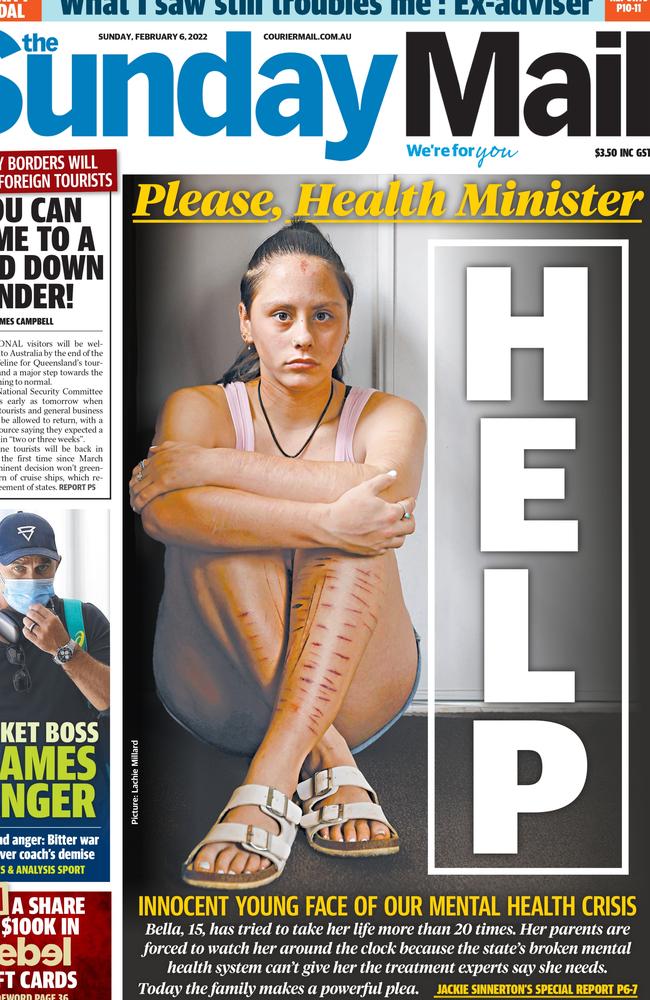
The National Mental Health Planning Framework – developed by the University of Queensland – has found Queensland needs around 2000 beds. There are currently 1658 beds across the state.
A Courier-Mail analysis shows more than half of our population live in regions with less than 30 mental health beds per 100,000, considered the bare minimum by experts.
Some areas, like the Mackay Hospital and Health Service region, have as few as 19.45.
The South West, Central West and Torres and Cape have no mental health beds, which is clinically appropriate given their small populations, Prof Emmerson said.
However, that means the feeder regions to those areas, such as Cairns, Townsville, Mackay and Rockhampton need to cater for those areas.
Mackay does not even have enough to service its own population, whereas Townsville has almost 60 beds per 100,000 people and Cairns has 34.4.
Even Metro South, Queensland’s most populous HHS covering parts of inner Brisbane, only has 22.74, while the Gold Coast has a fraction more with 23.96 per 100,000.
Prof Emmerson said that a year after Queensland’s parliamentary inquiry into mental health services in 2022 – which highlighted the state needed at least another 500 beds – the gap is barely closing.
“So 28 is a drop in the bucket. But it’s not just the number of beds that needs addressing, it’s the mix of beds,” he said.
Prof Emmerson said not everyone in need of help required an acute hospital bed.
“We sometimes see people with intellectual disabilities who don’t have a psychiatric disorder admitted because there is no other place who can manage them safely,” he said.
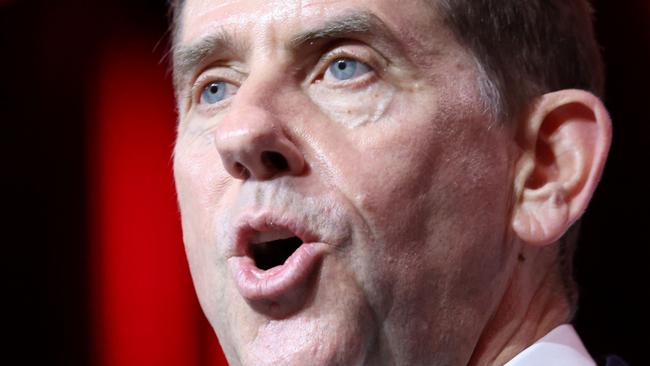
“We are also one of the few states that doesn’t have a forensic unit for all prisoners, so in Queensland we have a group called classified patients who get admitted to general psychiatric beds from prison and who return to prison when their mental health condition has been treated.
“The average 25-bed adult inpatient unit has to manage a broad range of mental health conditions. You could have one person from prison, someone with an eating disorder, a depressed mother who has just given birth, an older person with a complicated dementia with behavioural difficulties, people who have attempted suicide and someone with intellectual disability.”
Prof Emmerson said the main group in all inpatient units were people being treated for schizophrenia or mood disorders, such as major depression or mania.
RANZCP Queensland has called for 25-bed medium-secure facilities to take prisoners who need mental health admissions away from general inpatient units, but with little success. Mental health consumers frequently complain about having to share a mental health ward with a serving prisoner, Prof Emmerson said.
On top of the 500 new beds, around 250 existing beds need refurbishment.
A Queensland Health spokesman said there were plans for another 126 mental health and alcohol and other drug beds by 2027 – a quarter of what is required.
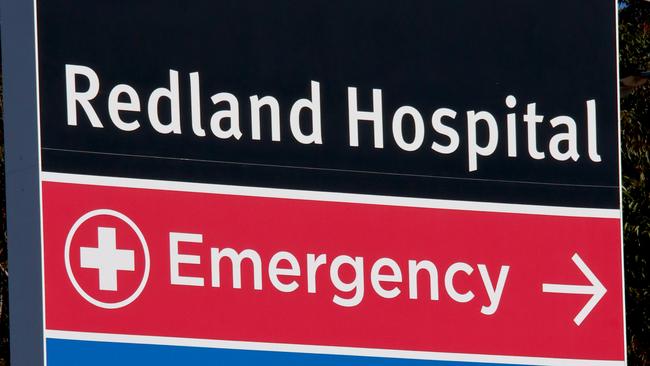
About 1400 new staff are also expected to be hired as a part of a record $1.6bn investment over five years, on the back of the mental health levy.
The spokesman said the 1658 publicly funded mental health beds were used in conjunction with a range of “in-community and home-based services to ensure patients receive appropriate treatment that doesn’t cause unnecessary stress or harm”.
AMAQ Council of Doctors in Training former chair Dr Rob Nayer agreed the numbers of beds was badly lacking.
“But beds don’t treat, people treat people,” he said.
“So what Queensland Health is doing at Redlands, where they are doubling the mental health bed capacity, is great. But we’re struggling to staff the beds and clinics we already have … in terms of mental health nurses, psychiatrists (and) psychologists. You can build beds and cut ribbons on new wards but it’s not going to make a difference without a workforce plan. The last thing we want to see are beds we have not being used because of staff shortages.”
Dr Nayer said Queensland Health needed to do more to attract and retain staff in the state’s mental health units.
He said a frustration for staff was “revolving admissions”.
“(Discharged) patients struggle to access a GP, can’t access a psychologist or get regular follow-up with overworked community care teams. Then they end up back in hospital,” he said. “It’s not enough to build more hospital capacity, patients also need better access to community mental health and addiction services to help keep them out of hospital in the first place.”
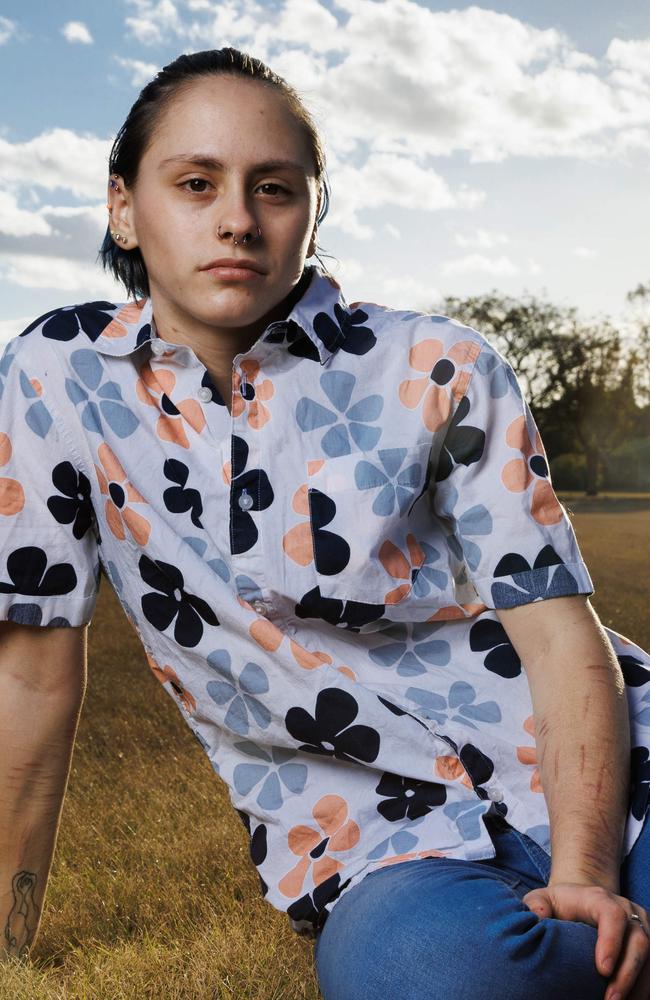
RIGHT CARE MADE THE DIFFERENCE
If it wasn’t for the generosity of strangers donating to a GoFundMe campaign to pay for private appointments with a psychologist, Bella Irvine might not be here today.
After years of trauma that included more than 20 suicide attempts, self-harm and an eating disorder, the courageous 17-year-old has come out the other side and has a message for others: “There is light at the end of the tunnel.”
The Kingaroy local says she doesn’t believe it was fair for her parents to be plunged into the type of financial stress that meant choosing between groceries or fuel money to drive her to Ipswich for psychology appointments.
“There is not many highly trained mental health professionals (regionally), and if you show signs of depression or suicidal ideation or something like that, they would just put you in hospital and, like, not really listen to you and just leave you there,” she said.
“And it’s just kind of a general hospital. They don’t have a mental health ward.”
In February last year, The Sunday Mail reported on Bella’s plight to get help, revealing that her mum Kel was forced to sleep beside her to make sure she didn’t try to harm herself in the night.
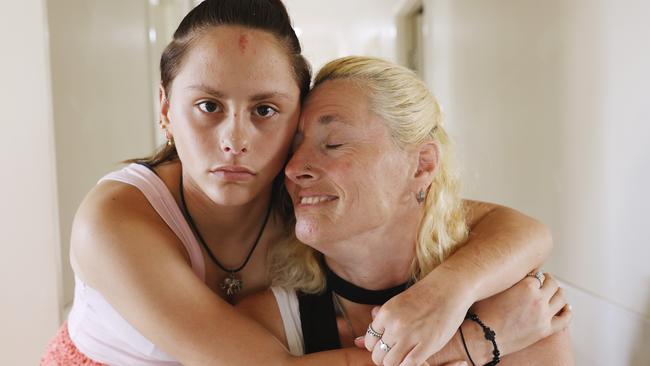
“Sometimes (the local health service) would send me to Toowoomba to the mental health unit. But most of the time, I would just be there overnight, just sitting there by myself, feeling alone, and nothing really changed,” she said.
It wasn’t until after she shared her story publicly and a GoFundMe campaign was organised that Bella got the help she needed.
“My (psychologist) would tell me why I would do these things and how my brain works – and being able to understand that made a real difference.”
Bella says it was the consistent therapy she was able to receive that allowed her to move into adulthood in a healthier frame of mind.
“Finishing school and being independent, I’ve moved out now, and getting a job has … probably been one best things for me,” she said.
“I still struggle with it sometimes, but not as badly as I did before.
“It’s been a really, really long road, but in the end, there is a light at the end of the tunnel.
“You have just got to wait, it does get better.”

